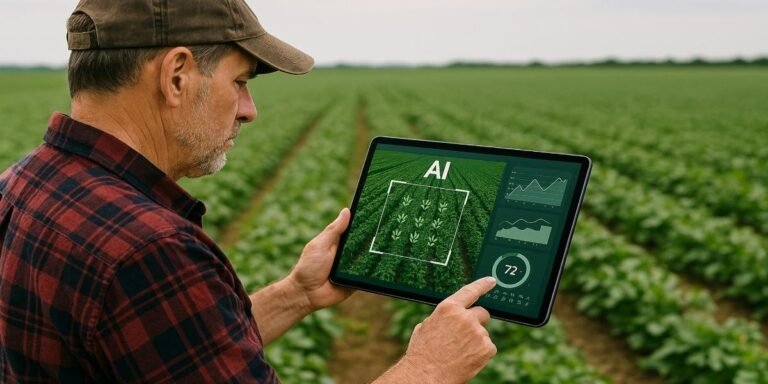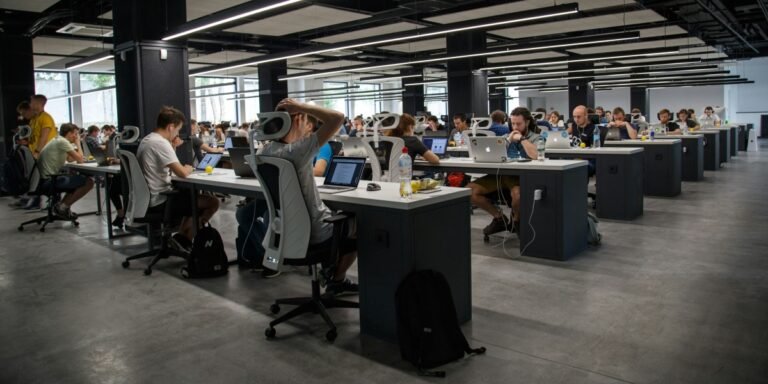The push for energy-efficient office spaces is no longer confined to niche architecture firms or eco-minded developers. It’s become a strategic consideration for building owners, workplace designers, and facility managers who are tasked with controlling costs and meeting internal sustainability benchmarks. The shift is measurable, practical, and tied closely to how offices function and are occupied.
Corporate tenants no longer view energy-efficiency as a “nice to have.” It’s a baseline feature many expect, particularly in large commercial leases. What used to be a bonus amenity is now part of initial site selection, renovation plans, and occupancy agreements.
Read also: Historic Highs for Portland Office Vacancy
Why Are Businesses Focusing on Energy-Efficient Office Spaces?
Energy-efficient offices can have a direct impact on utility costs, employee comfort, and long-term asset value. Occupants report fewer complaints about temperature regulation and lighting when buildings use sensors and adaptive controls. These smart systems adjust airflow or illumination based on time of day and occupancy levels, minimizing waste and maximizing comfort.
There’s also growing scrutiny over carbon footprints. Internal reporting protocols, investor pressure, and supplier standards are prompting many organizations to evaluate how their office environments contribute to energy consumption. By shifting to buildings that require less power to operate, companies can not only report stronger metrics but also minimize downstream legal and operational risks related to sustainability disclosures.
The benefits aren’t limited to primary headquarters either. Even satellite offices, co-working hubs, and temporary leased spaces are being evaluated through this lens.
How Does Smart Design Support Energy Efficiency in Office Spaces?

Photo Credit: Unsplash.com
Smart office design is no longer centered on aesthetic trends. It’s now interwoven with operational strategy. Floorplans that maximize natural light and ventilation reduce the need for constant artificial cooling or lighting. Occupancy-aware zones prevent unnecessary energy use in underused areas. These layouts are being informed by data, including badge swipes, temperature logs, and usage patterns over weeks or months.
Mechanical systems are also getting an upgrade. Low-emissivity windows reduce solar heat gain, allowing buildings to stay cooler without cranking up air conditioning. Insulation materials are selected not just for cost but for thermal stability across seasons. Ceiling fans with intelligent thermostats work in tandem with HVAC systems rather than counteracting them.
And outside the walls, some properties are shifting their focus to renewable energy inputs. Rooftop solar and geothermal systems may offset baseline usage, but passive strategies like green roofing and solar shading can be just as impactful.
Where Are Energy-Efficient Practices Showing the Most Impact?
Not every upgrade requires a large budget or complete overhaul. Retrofitting legacy office buildings often involves layering efficiency into existing systems. Motion-controlled lights, smart power strips, and improved sealing around doors and windows can substantially reduce wasted electricity.
Shared spaces such as break rooms, restrooms, and conference areas offer high returns on modest investment. By adding real-time energy monitoring or replacing outdated fixtures, property managers report measurable drops in energy bills.
Additionally, HVAC recalibration, daylight harvesting, and localized temperature controls empower occupants while reducing total energy consumption. Commercial buildings that undergo these retrofits often improve their performance metrics without overhauling their identity.
What Makes an Office Space Truly Energy-Efficient?
An energy-efficient office space isn’t just about gadgets and green certifications. It’s about holistic operations. That includes the way cleaning staff works after hours, how meeting schedules influence heating zones, and whether window treatments are part of the building’s thermal strategy.
Here are a few examples of what defines efficiency across departments:
- Lighting, using LEDs and automating dimming schedules based on occupancy and available daylight.
- Thermal Control, balancing HVAC systems with natural airflow, ceiling fans, and window shading.
- Water Usage, installing low-flow fixtures and reusing water in outdoor systems.
- Data Monitoring, using sensors to track real-time energy consumption and flag outliers.
- Maintenance Protocols, scheduling equipment checks that ensure continued system performance without inefficiencies creeping in over time.
True efficiency requires cross-functional cooperation. Facilities teams need to collaborate with procurement, IT, and even human resources to keep energy use aligned with employee behavior and building systems.
Read also: Exploring the Decision: Renting an Office vs. Establishing a New Headquarters
What’s Next for Commercial Office Efficiency Standards?

Photo Credit: Unsplash.com
Commercial real estate owners are looking beyond simple upgrades. They’re benchmarking building performance against peer spaces and pushing third-party assessments to validate improvements. Energy-efficient office spaces are now being viewed as long-term assets rather than short-term expenses, with ROI measured over years and tied to occupancy rates.
These efforts are also expanding across portfolio levels. Instead of upgrading one property, some companies are applying learnings across multiple sites to ensure consistency in design, controls, and performance expectations.
The demand is steady, shaped by practical results and data, not just ideals. Office spaces that reduce energy consumption are more adaptable, cost-effective, and preferred by tenants who value both function and accountability.









